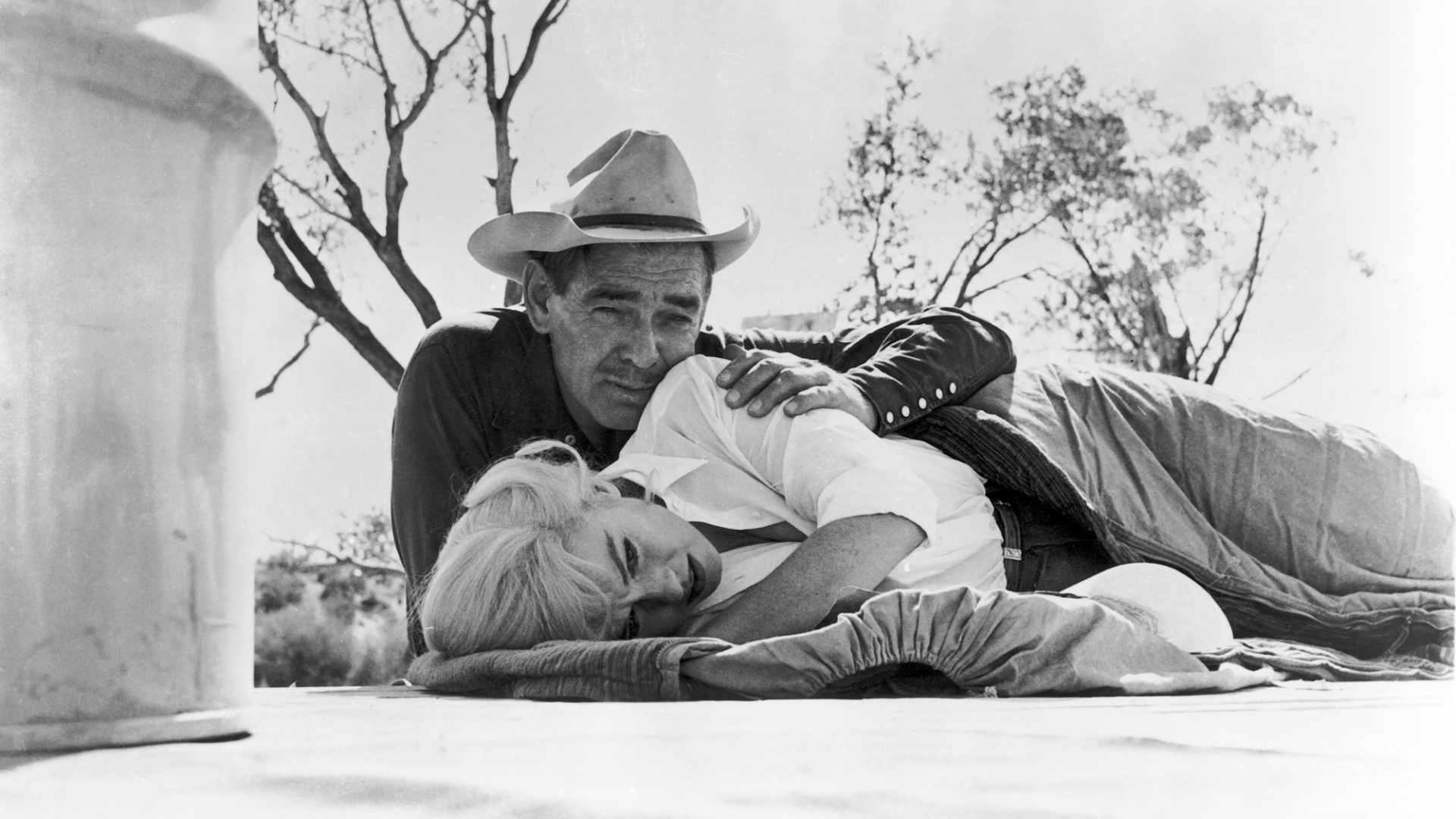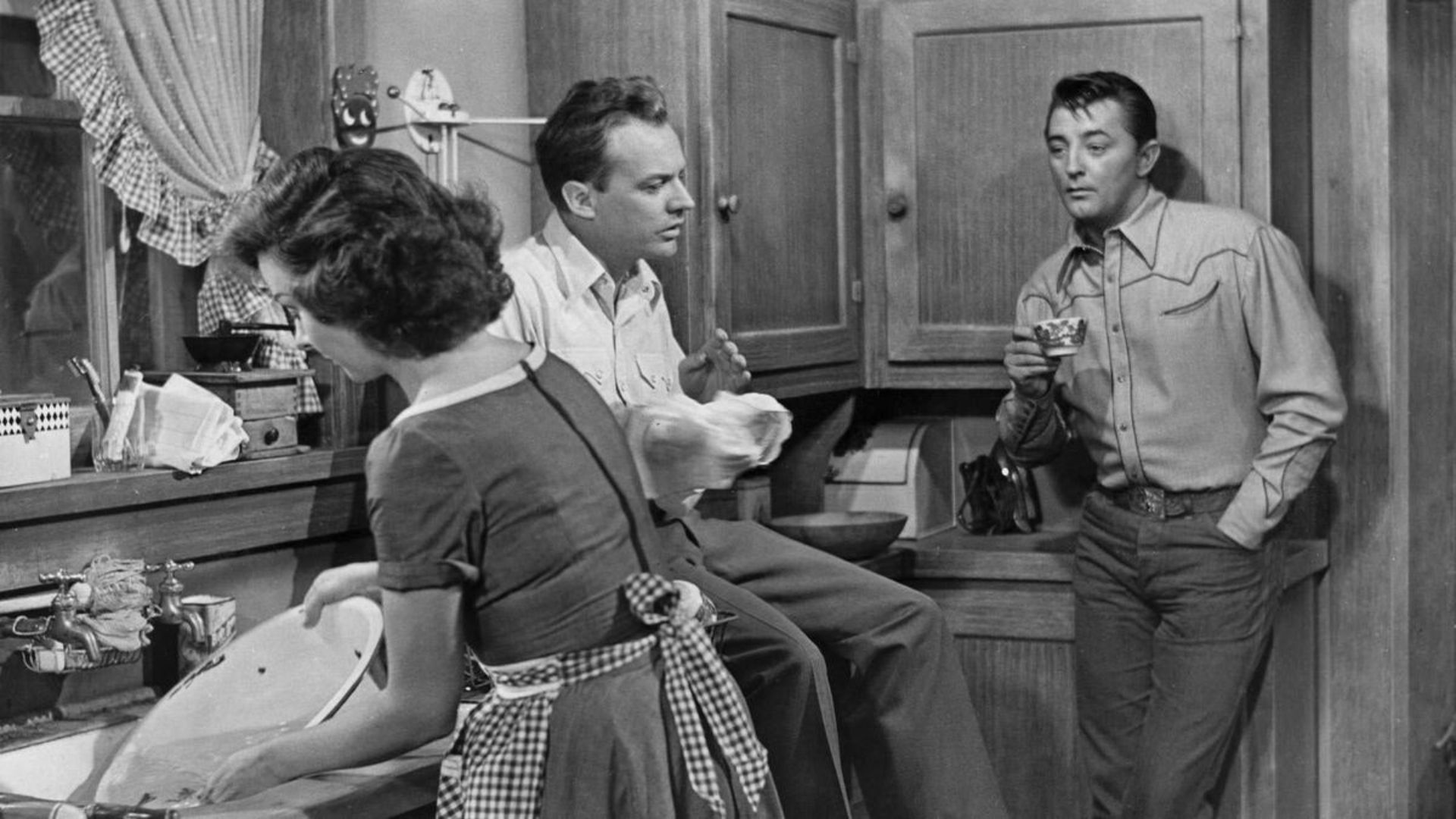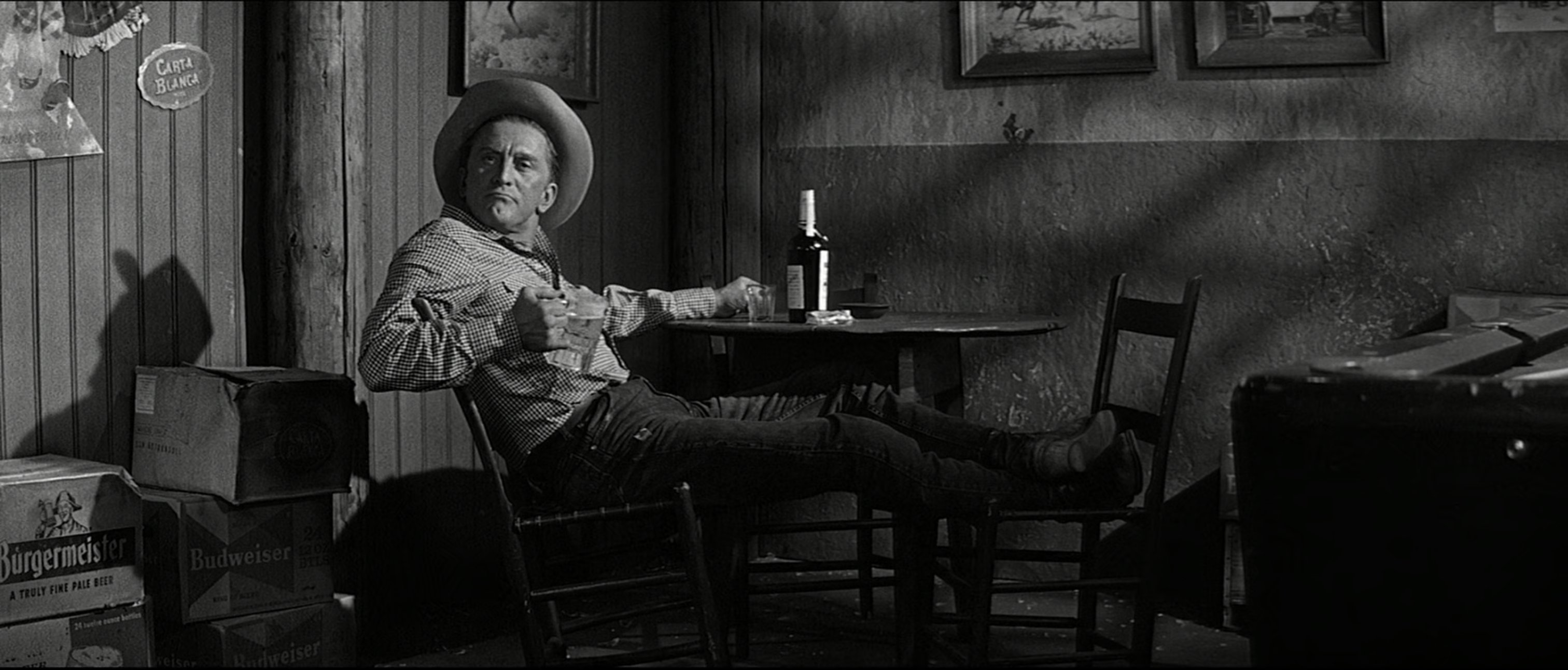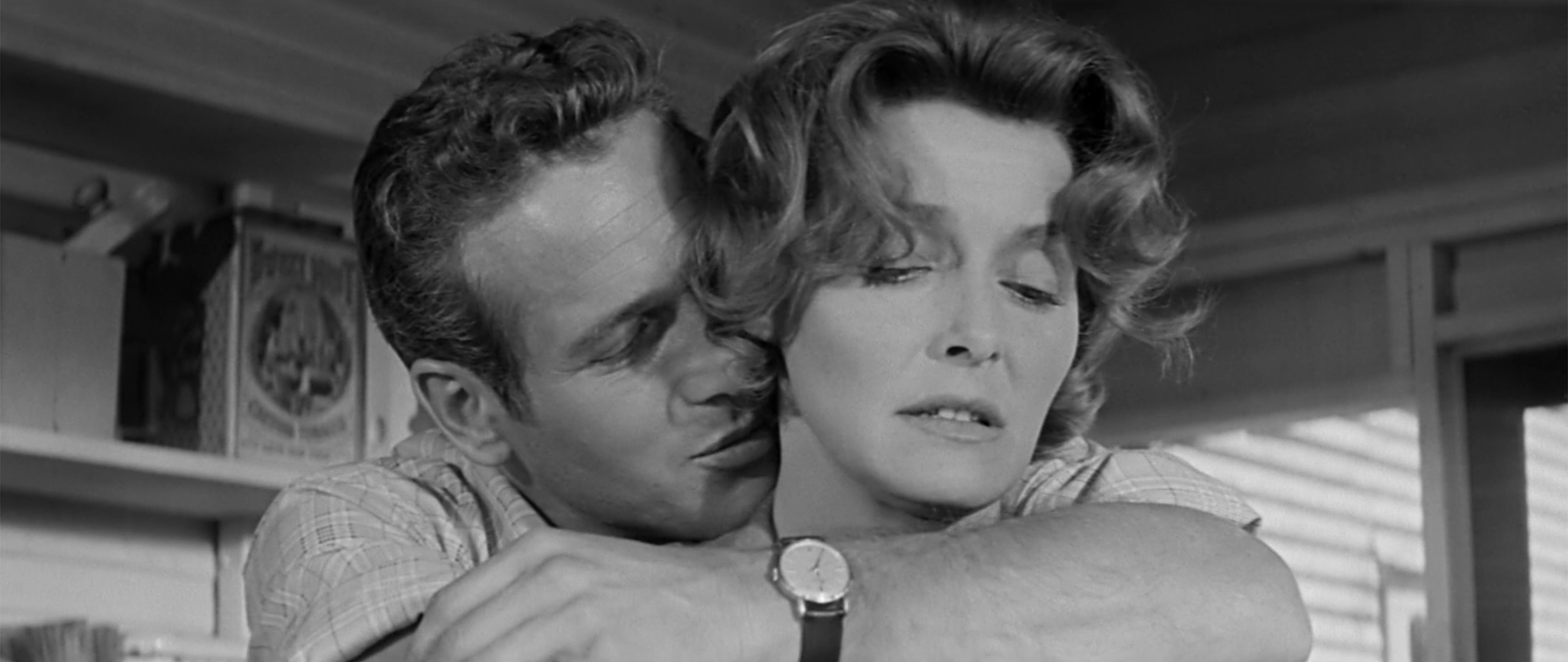Neo-Westerns of the ’50s and ’60s
By the end of the 1960s, many critics saw the traditional American western as a dying genre, one being revised and challenged by Leone’s spaghetti westerns and Kurosawa’s jidaigeki. However, efforts to transform the heroic imaginaries of the American western came from within Hollywood as well, as evidenced in this selection of five early attempts at updating genre conventions to contemporary 1950s and 1960s settings. These films, still made during the golden age of the western, suggest the incompatibility of past mythologies of masculinity and the frontier with a modern world, as their aging cowboy protagonists struggle to cope with their imminent outmodedness. These films are not wholly critical, however, and despite their revisions still uphold the formulation of the western as a "historical morality play based on the questions of the frontier, the role of the individual in society, and the (dis)continuity of contemporary American society with its mythological past" that defined the genre since its inception, as William McClain has argued. Incomplete critiques as they may be, these films are fascinating glimpses into midcentury Hollywood's reckoning with contemporary political and cultural anxieties, and gritty reflections on a genre in crisis.
The Misfits (1961)

John Huston · 125m · DCP
Arthur Miller wrote The Misfits, his first screenplay, for his wife Marilyn Monroe. She stars as a recent divorcee who starts a horse-wrangling business with cowboy Gay (Clark Gable), aviator Guido (Eli Wallach), and bull rider Perce (Montgomery Clift). Humans and horses are trapped in an eroding world, in this melancholic meditation on the unsustainability of the classic Western's treatment of masculinity and the environment.
Wednesday, June 18 4pm · Friday, June 20 7pm
The Lusty Men (1952)

Nicholas Ray · 113m · 35mm
After a career-ending accident, rodeo man Jeff McCloud (Robert Mitchum) takes Wes Merritt (Arthur Kennedy) under his wing, despite the objections of Wes’s wife Louise (Susan Hayward). Manhood and "western-ness" show themselves to be volatile performances driven by hubris and fatalism, as the film updates classic Western archetypes of drifter, rancher, and damsel in distress for a 1950s audience.
Thursday, June 26 5:00 PM · Friday, June 27 7:00 PM
Bad Day at Black Rock (1955)

John Sturges · 81m · 35mm
When a stranger stops in the small, isolated desert hamlet of Black Rock, his presence disrupts the town’s precariously balanced status quo. Soon, it is clear that its residents harbor a grim secret — one that they will go to extreme lengths to keep hidden. Sturges uses CinemaScope to great effect in this tautly plotted neo-Western, where the desert stretches for miles in all directions and the threat of violence simmers just below the surface.
Wednesday, July 2 4:00 PM · Thursday, July 3 7:00 PM
Lonely Are the Brave (1962)

David Miller · 107m · 35mm
Kirk Douglas plays an aging veteran who adopts the solitary life of a cowboy in a crusade against all facets of modern society, from driver licenses to power companies. He leads a prison break to rescue his best friend who has been arrested for helping migrants enter the country. Filmed in black and white CinemaScope, David Miller portrays a freer life in the New Mexico desert, contrasting it with modern captivity and chaos in the city.
Thursday, July 10 4:00 PM · Friday, July 11 7:00 PM
Hud (1963)

Martin Ritt · 112m · 35mm
James Wong Howe’s bleak black and white cinematography sets a desolate scene for this tragedy playing out on a Texas cattle ranch. Hud (Paul Newman) is a brash, charismatic, and self-serving womanizer, working on his uptight father’s (Melvyn Douglas) farm. Hud’s nephew, Lonnie (Brandon deWilde), must therefore choose between two starkly different role models. These familial tensions are only exacerbated by a potential outbreak among the ranch’s cattle.






